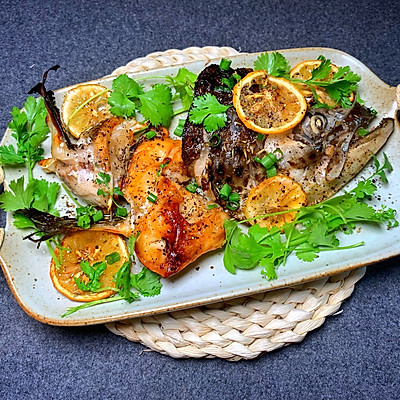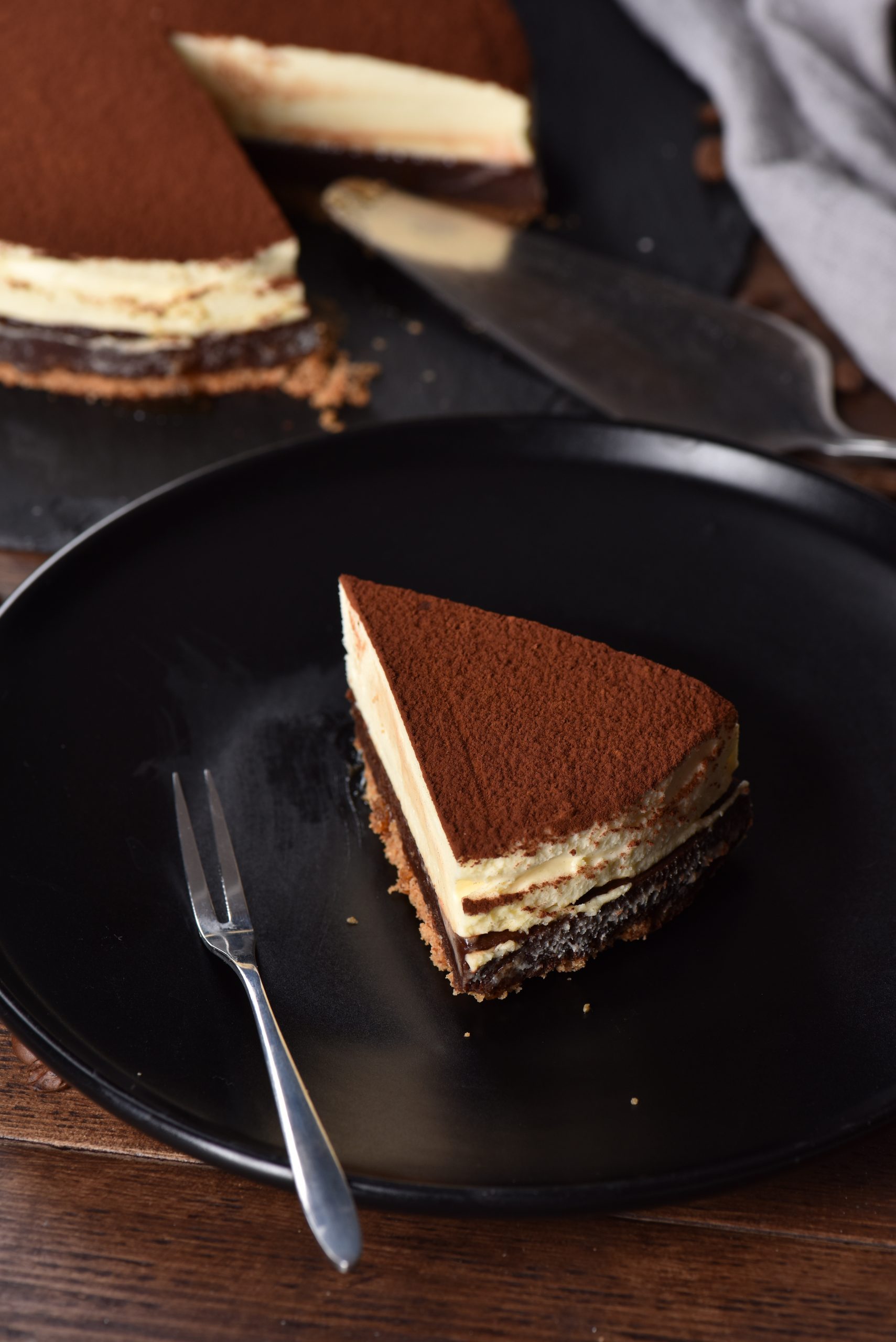Bread, a staple that has nourished civilizations for millennia, carries within its doughy embrace a rich tapestry of history, culture, and stories. Embark on a journey through time as we explore the origins, cultural significance, and the artistry behind the world’s most beloved carbohydrate.
 The Dawn of Breadmaking: Ancient Beginnings
The Dawn of Breadmaking: Ancient Beginnings
The art of breadmaking traces its roots to ancient civilizations. From the flatbreads of Mesopotamia to the unleavened bread of Egypt, early bakers experimented with grains, water, and fire to create the sustenance that would fuel societies and cultures.
The Rise of Leavened Bread: A Culinary Revolution
The discovery of natural fermentation marked a turning point in breadmaking. Leavened bread, with its airy texture and tantalizing aroma, became a culinary sensation. The Romans elevated bread to a symbol of status, and bakers in medieval Europe formed guilds, preserving techniques that would be passed down through generations.
Bread in Rituals and Symbolism
Bread transcends its role as mere sustenance; it holds cultural and religious significance worldwide. From the Christian sacrament of communion to the Jewish challah, bread is woven into rituals, symbolizing sustenance, unity, and the cycle of life.
Global Breadmaking Traditions: A Culinary Odyssey
As civilizations spread and melded, so did breadmaking traditions. Each culture contributed its unique twist to the craft—French baguettes, Italian ciabatta, Indian naan, and countless others. The diversity in bread types reflects the terroir, culinary preferences, and regional resources of each locale.
Artisanal Bread: Crafting with Precision
In the 21st century, a resurgence of artisanal breadmaking has taken hold. Artisan bakers, inspired by traditional methods, focus on quality over quantity. Sourdough starters, ancient grains, and slow fermentation techniques are revived, creating loaves that are not only delicious but also a testament to craftsmanship.
The Bread Revolution: Challenges and Innovations
The mass production of bread brought challenges—industrialization led to standardized loaves with additives. However, a counter-revolution emerged. Bakers and consumers alike championed natural, organic, and locally sourced ingredients, fostering a return to the roots of breadmaking.
Breaking Bread: Community and Connection
Beyond its physical form, bread has a social dimension. The act of breaking bread is a universal symbol of sharing, community, and hospitality. Whether in family kitchens, bustling bakeries, or communal tables, bread weaves connections among people.
Bread in the Modern Culinary Landscape
In today’s culinary landscape, bread is more than a side dish; it’s a canvas for culinary creativity. From gourmet sandwiches to avant-garde bread art, chefs push the boundaries of what bread can be, celebrating its versatility and enduring appeal.
Sourdough Renaissance: A Global Phenomenon
The recent sourdough renaissance, spurred by a global pandemic, witnessed a surge of home bakers seeking solace in the art of fermentation. Sourdough starters became symbols of resilience, connection, and the simple joys of homemade bread.
In conclusion, the journey through the millennia of breadmaking traditions is a celebration of human ingenuity, resilience, and the simple pleasures found in a humble loaf. As we slice into the warm embrace of freshly baked bread, we partake in a communion that transcends time—a communion that connects us to the countless bakers and bread lovers throughout history who have made this daily ritual a cornerstone of our shared culinary heritage.









